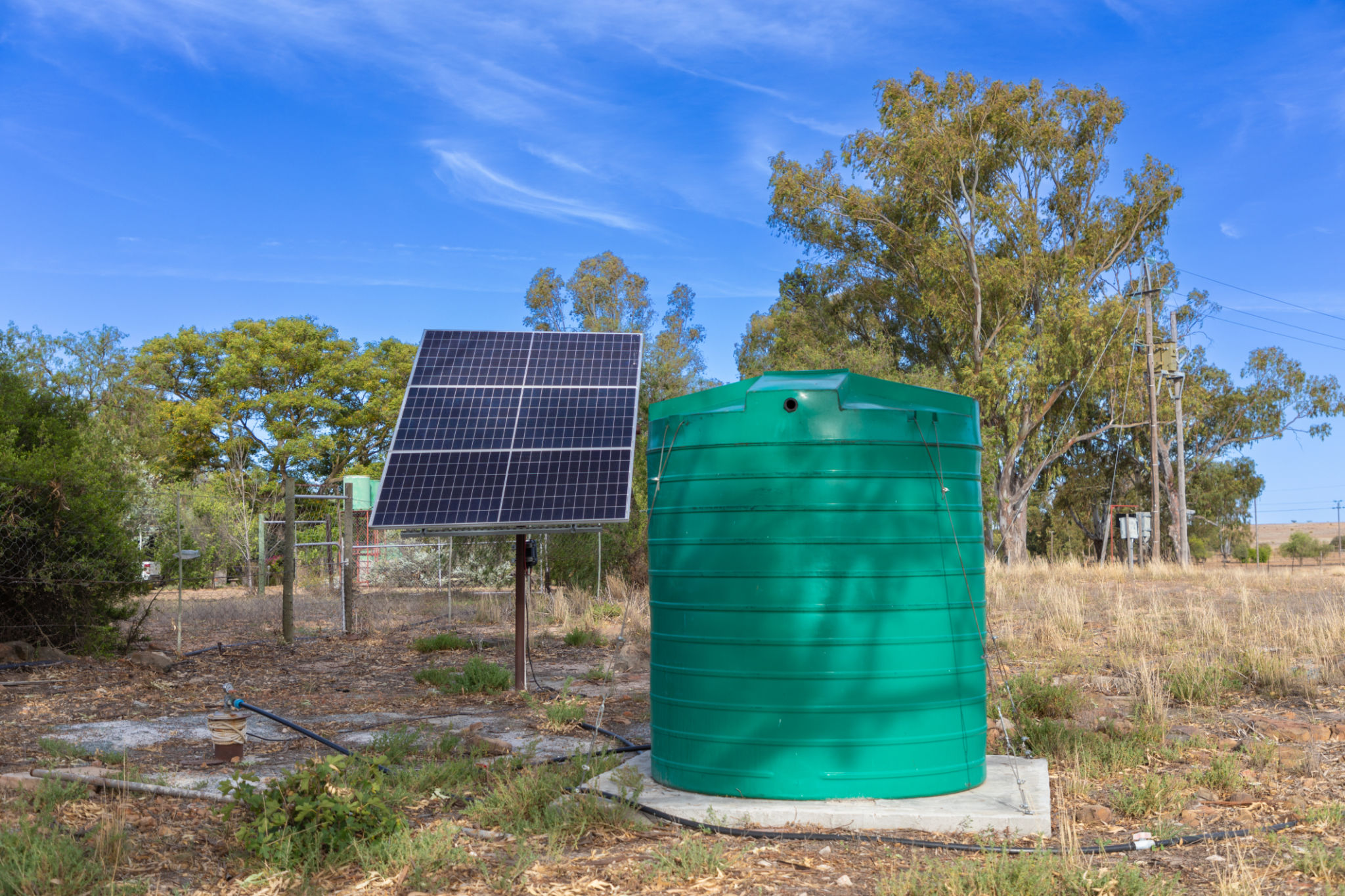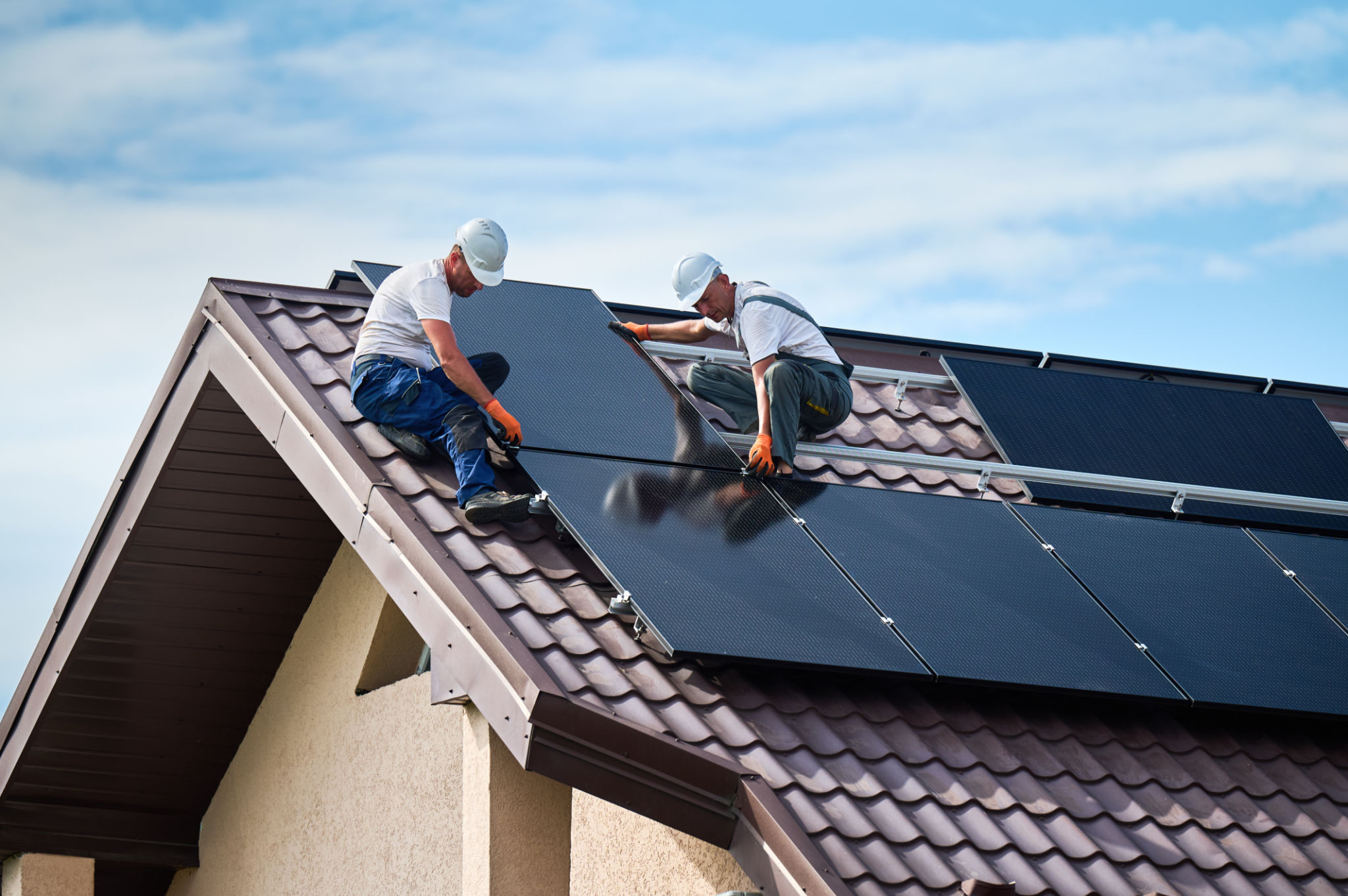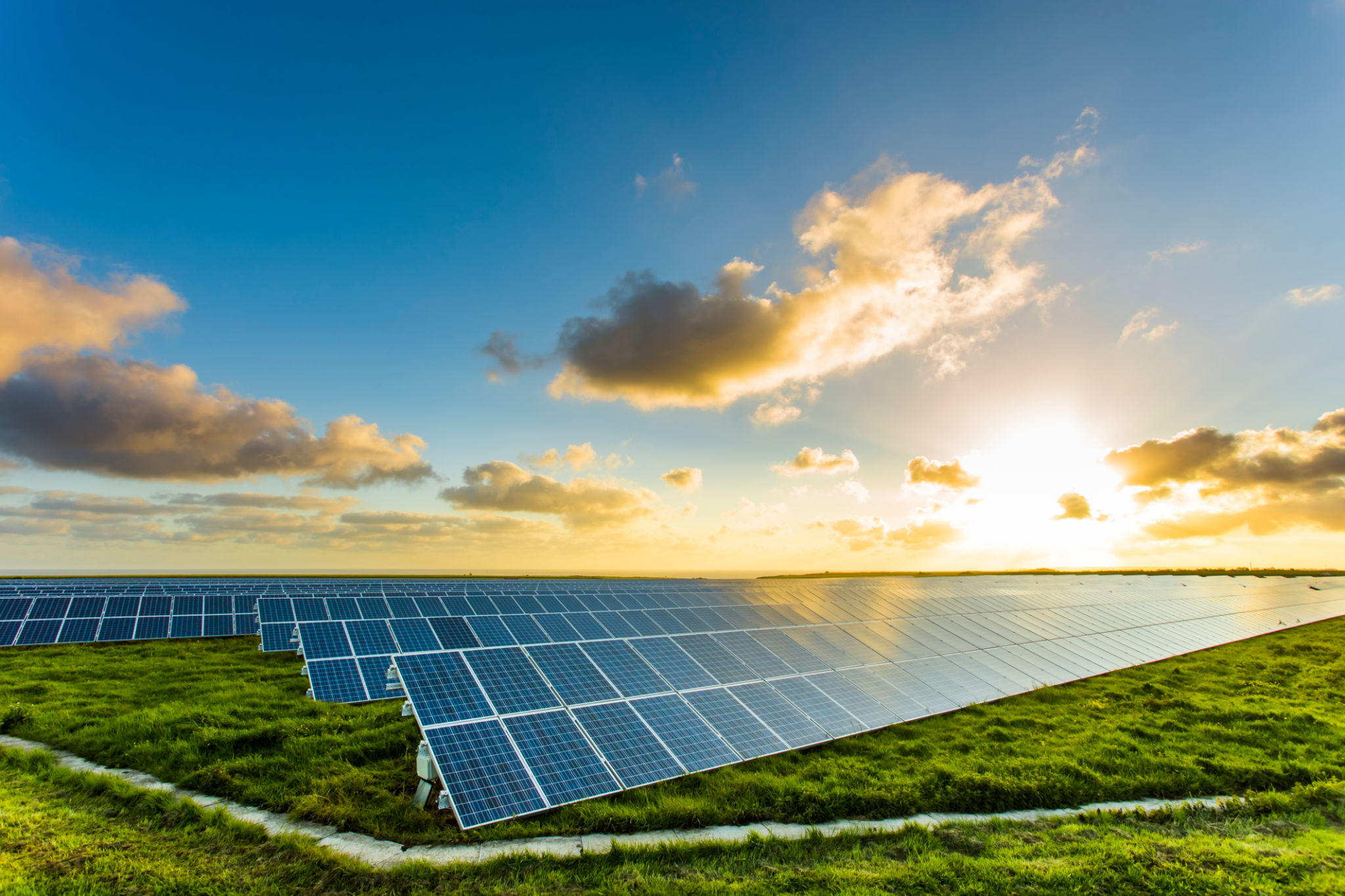Comprehensive Guide to Solar Panel Installation for Boreholes in Zimbabwe
Understanding Solar Panel Installation for Boreholes
Zimbabwe's abundant sunshine makes it an ideal location for harnessing solar energy. Using solar panels to power boreholes is not only environmentally friendly but also cost-effective in the long run. This guide will walk you through the essentials of installing solar panels for boreholes, ensuring you make an informed decision.
Solar-powered boreholes are gaining popularity due to their sustainability and reliability. They provide a consistent water supply without the hefty electricity bills associated with traditional electric pumps. Let's delve into the details of the installation process.

Initial Assessment and Planning
The first step in solar panel installation for boreholes is conducting a comprehensive assessment of your site. You'll need to evaluate the water needs, sun exposure, and borehole location. This helps in determining the size and number of panels required to meet your water pumping needs effectively.
It's essential to consult with professionals who can provide insights and recommendations based on your specific situation. Their expertise ensures that you choose the right equipment and avoid unnecessary costs or inefficiencies.

Selecting the Right Equipment
Choosing the appropriate solar panels and pumps is crucial for a successful installation. Consider the following factors:
- Panel Efficiency: Look for high-efficiency panels that maximize energy capture.
- Pump Compatibility: Ensure the pump is compatible with solar power systems.
- Inverter Type: Select an inverter that suits your specific power needs.
Investing in quality equipment might have a higher upfront cost, but it pays off through durability and lower maintenance expenses.

Installation Process
The installation process should be carried out by certified professionals who are familiar with local regulations and standards. Here's a brief overview of what to expect during installation:
- Mounting the Panels: Panels should be installed at an angle to capture maximum sunlight.
- Connecting the System: This involves wiring the panels to the inverter and pump.
- Testing: A thorough test ensures that everything operates smoothly before full activation.
Proper installation is key to ensuring the longevity and efficiency of your solar-powered borehole system.
Maintenance and Troubleshooting
Solar panels require minimal maintenance, but regular checks are essential to keep them functioning optimally. Clean the panels periodically to remove dust and debris that could block sunlight. Additionally, inspect connections and wiring for any signs of wear or damage.
If you encounter issues such as reduced water flow or system failures, it's best to contact a professional who can diagnose and resolve the problem efficiently.

Advantages of Solar-Powered Boreholes
Transitioning to solar-powered boreholes offers numerous benefits. The most significant advantage is the reduction in electricity costs, as solar energy is free once the system is installed. Moreover, it reduces reliance on grid power, which can be unreliable in certain areas of Zimbabwe.
Solar systems are also environmentally friendly, contributing to a reduction in carbon emissions and promoting sustainable water usage practices. These systems provide a reliable water source for agricultural, domestic, and industrial purposes, crucial for communities in arid regions.
Conclusion
Installing solar panels for boreholes in Zimbabwe is a forward-thinking investment that offers long-term benefits. By understanding the process, selecting appropriate equipment, and ensuring proper installation and maintenance, you can enjoy a continuous water supply powered by clean energy. Embrace solar technology today and contribute to a sustainable future.
